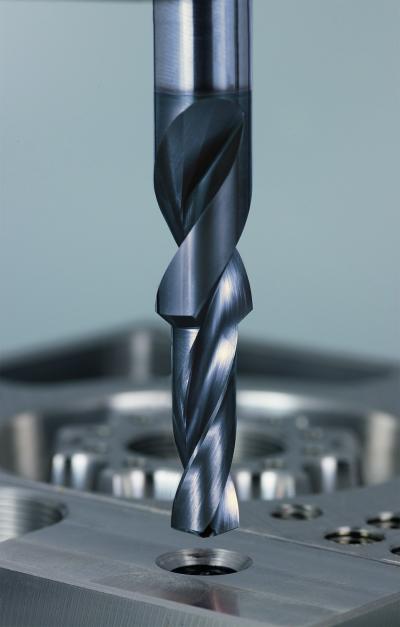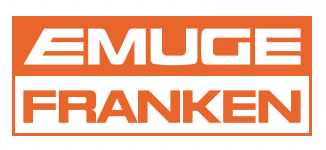
Emuge Corp. has announced the launch of a carbide step drill program that features new drill–chamfer tools available from stock in real-time online at www.emuge.com/products/drills/ef-c-drills. Users can quickly and easily select from a full range of stock sizes, including the ability to order customized lengths available in less than 4 weeks.
“Our new EF step drill program offers the industry’s largest stocked standard offering of cut and form tap diameter step drills, along with a quick delivery program for non-stocked lengths, providing unprecedented convenience for our customers’ full range of chamfering/ holemaking needs,” said Marlon Blandon, thread mills product manager at Emuge Corp.
The EF step drill is a high-penetration rate solid carbide drill that drills and chamfers in one operation, saving time and providing a more accurate hole-to-chamfer location and the most optimal hole preparation for tapping or thread milling. Tools feature a double margin design on the minor diameter for the roundest threaded hole size, and the web construction is adjusted for each diameter for maximum chip evacuation efficiency.
The EF step drill stock program includes an extensive range of sizes from 2.8mm to 15.5mm minor diameter, UNC/UNF (No.6-32 to 5/8" – 11", M/MF (M3 to M18), and a full size range in 2XD and 3.5XD lengths. The through-coolant tools have a 4-margin design and a TiAIN-T14 coating, and can cut a range of materials and are available in cut or form thread diameters.
Contact Details
Related Glossary Terms
- gang cutting ( milling)
gang cutting ( milling)
Machining with several cutters mounted on a single arbor, generally for simultaneous cutting.
- milling
milling
Machining operation in which metal or other material is removed by applying power to a rotating cutter. In vertical milling, the cutting tool is mounted vertically on the spindle. In horizontal milling, the cutting tool is mounted horizontally, either directly on the spindle or on an arbor. Horizontal milling is further broken down into conventional milling, where the cutter rotates opposite the direction of feed, or “up” into the workpiece; and climb milling, where the cutter rotates in the direction of feed, or “down” into the workpiece. Milling operations include plane or surface milling, endmilling, facemilling, angle milling, form milling and profiling.
- tap
tap
Cylindrical tool that cuts internal threads and has flutes to remove chips and carry tapping fluid to the point of cut. Normally used on a drill press or tapping machine but also may be operated manually. See tapping.
- tapping
tapping
Machining operation in which a tap, with teeth on its periphery, cuts internal threads in a predrilled hole having a smaller diameter than the tap diameter. Threads are formed by a combined rotary and axial-relative motion between tap and workpiece. See tap.
- web
web
On a rotating tool, the portion of the tool body that joins the lands. Web is thicker at the shank end, relative to the point end, providing maximum torsional strength.

